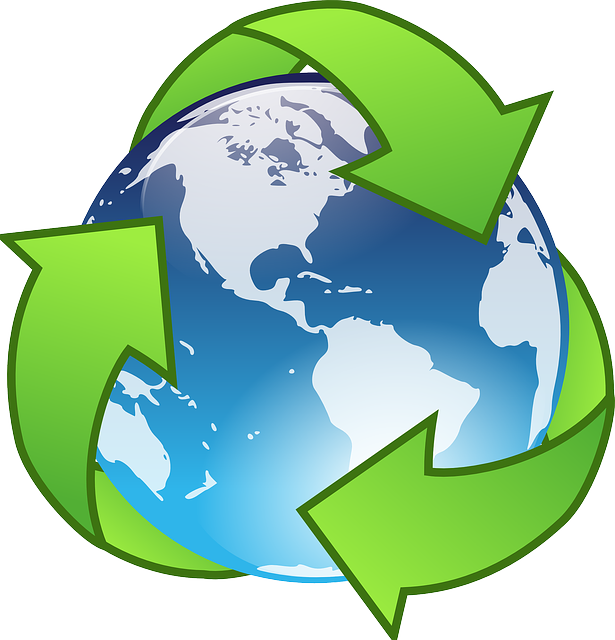[vc_row][vc_column width=”1/2″][vc_column_text]
Djibouti
Located in the horn of Africa, the Republic of Djibouti is mostly barren with a harsh climate and low development in the industrial and agricultural sectors. The country's strategic location in the Red Sea supports its economy. The majority of the country's population live in the capital city. The human development is low denoted by a low HDI score of 0.495. The principal food crops are fruits and vegetables and other food items are imported (due to limited rainfall). The service sector (79.7%) constitutes the majority of GDP. The Djibouti authorities in concomitance with several non-profit organisations have initiated a number of development projects to improve conditions for foreign direct investment in the country. Although, that being said, sectors related to public utilities are state owned and currently not open to investors. The government has also unveiled fresh private sector policies which target high interest and inflation rates. Djibouti is not only a transit port for the region, but it is also an international shipment and refuelling centre. The country is heavily reliant on foreign assistance to help aid its balance of payments and to finance development projects. During the period 2014-17, owing to low international food prices and a fall in electricity tariffs, inflation was lingering at 3%. Piracy has been a threat in the Gulf of Aden and off the coast of Somalia which has resulted in the requirement of larger nations like the United States, France and Japan to implant logistic bases or military camps from which they can safeguard their cargo from theft. The lease payments received on account of foreign military presence were more than 5% of the country's GDP in 2017. China has been helping the country's government in strengthening infrastructure development for energy and transportation and in 2017 two of the largest projects in nation's history were unveiled, the Doraleh port and Djibouti-Addis Ababa Railway under the Chinese Belt and Road Initiative (BRI).
[/vc_column_text][vc_column_text] Its population in 2018 was 971,408 [1]
Its population in 2018 was 971,408 [1]
 In 2015, 15.38% of its total energy
In 2015, 15.38% of its total energy
consumption was renewable [2]
 In 2021, its GDP grew by 4.31% [2]
In 2021, its GDP grew by 4.31% [2]
 In 2021 it had a negative Current
In 2021 it had a negative Current
Account Balance of US$bn 0.04 [3]
What free trade areas or economic unions is it a member of?
Member of the African Continental Free Trade Area (AfCFTA) since 01/04/2019
Other members:
Benin, Burkina Faso, Cameroon, Chad, Congo, Côte d'Ivoire, Egypt, Equatorial Guinea, Eswatini, Ethiopia, Gabon, Gambia, Ghana, Guinea, Kenya, Mali, Mauritania, Namibia, Niger, Nigeria, Rwanda, Sao Tome and Principe, Senegal, Sierra Leone, South Africa, Togo, Uganda, Western Sahara, Zimbabwe
What trade deals are there between African Continental Free Trade Area and other countries and economic unions?
None
[/vc_column_text][vc_column_text]What trade deals are there with other countries and economic unions?
None
[/vc_column_text][/vc_column][vc_column width=”1/2″][vc_column_text]MIGA (World Bank): Islamic Finance – A Growing Source of Capital for the Developing World
GCC Eyes Fast Growth Africa
WEF in Ethiopia: Shaping Africa’s Transformation
Trade with the United Kingdom
Source: UK Office for National Statistics, October 2022.
Contains public sector information licensed under the Open Government Licence v3.0.
Loading, Please Wait!
This may take a second or two.



















































































